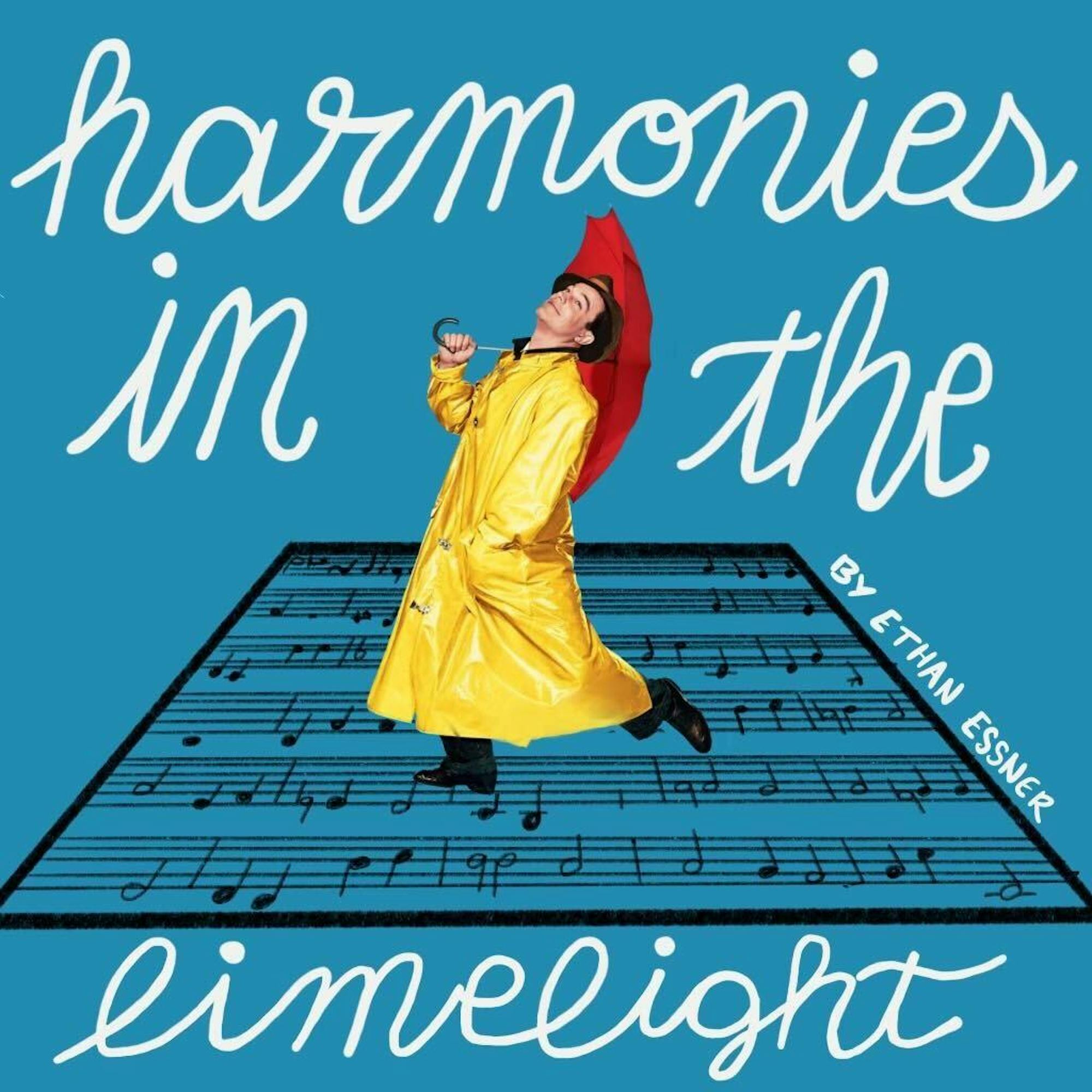“It's showtime, folks!”
This is Joe Gideon’s morning mantra — reassuring himself that every day would be as indelibly entertaining as the last. Whether or not any performance is on the docket, to Gideon, protagonist of “All That Jazz,” the whole world is a stage. He lives in a setting in which brilliance can only get you so far, and everyone's sanity is a colossal whirlwind waiting to implode on itself. Amidst a world where the lead character is a ticking time bomb whose identity, on the part of the audience, reverts from protagonist to anti-hero to toxic masculinist, there's no escape. It's a story of rising, falling and all that jazz.
The subtle, sexy and jazzy styles of Bob Fosse are the centerpiece of what made the 1970s musical scene so inspiring. His visual style of marrying reality with fluorescent dreamscape is magnificent and adds a whole new layer to what musicals can become. When Fosse made “Cabaret” in 1972, it was seen as a jumping-off point for queerness and sexual fluidity in cinema. Liza Minnelli's portrayal of Sally Bowles was crucial to the film industry for her flamboyant presence as a musical protagonist. The film is inherently canon for the genre, and it was where the cinematic impact of Fosse started. He ascended the mountain with “Cabaret,” but peaked with “All That Jazz.”
The film tells the story of the aforementioned Joe Gideon, a disillusioned choreographer and director whose artistic intentions have become hampered by his lust for women and narcotics. He's presented as the gold standard in the art form but is impacted by limitations that chip away at his health and motivation. The film shows him imaginatively flirting with the angel of death in a set of recurring dream sequences. He bounces around from job to job while sopping up dribs and drabs of disgruntled feedback from his colleagues at each position. And with his workaholic attitude, the film's second half details his demise in the industry and as a human.
As Gideon’s desire to continue his work declines, he gets an opportunity to develop choreography in a show, where he tirelessly works the dancers. But, the final product is one of the most stunning continuous shots in a musical. It features a burlesque sequence of movements that are entrancing when trying to view it through the eyes of a casual moviegoer in 1979. The visuals of this scene are untampered and real. One could argue the way it reveals on-screen performance has never, and will never, be replicated.
Bob Fosse’s films have developed a world independent from our own. Characters lack the fear of showing their bodies and are able to present a side of themselves that would be judged and censored before the 21st century. “All That Jazz” is a beautiful summit for the catalog of Fosse, as it encompasses much of what makes his style so sensational. Joe Gideon is a figure Fosse based on his own life: a lost soul plummeting to a rocky, cold ground and trying desperately to find the parachute lever.






